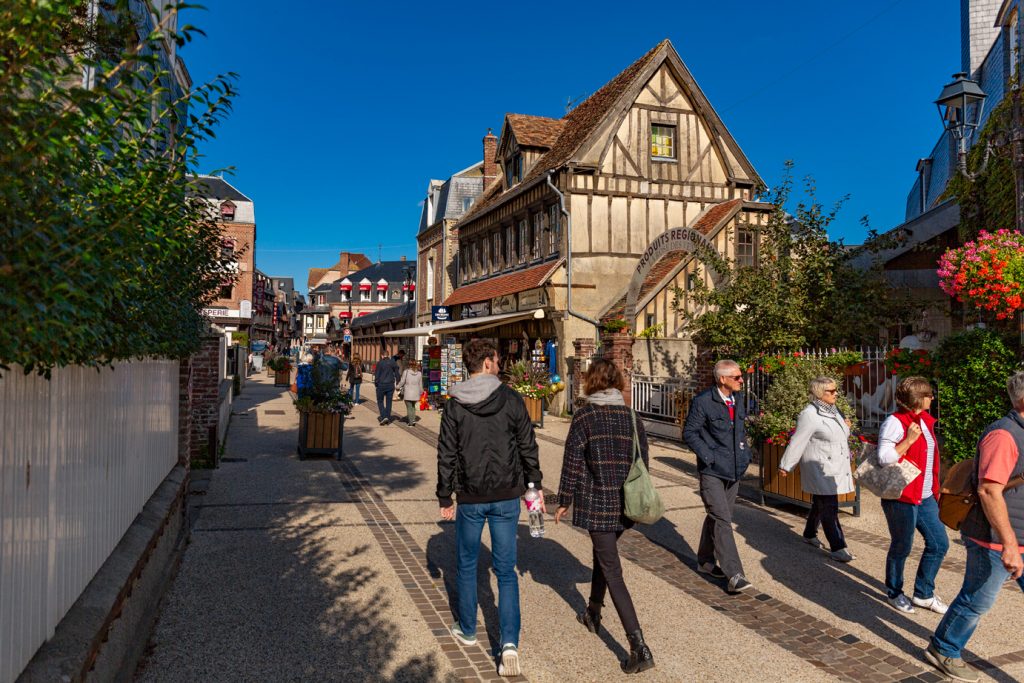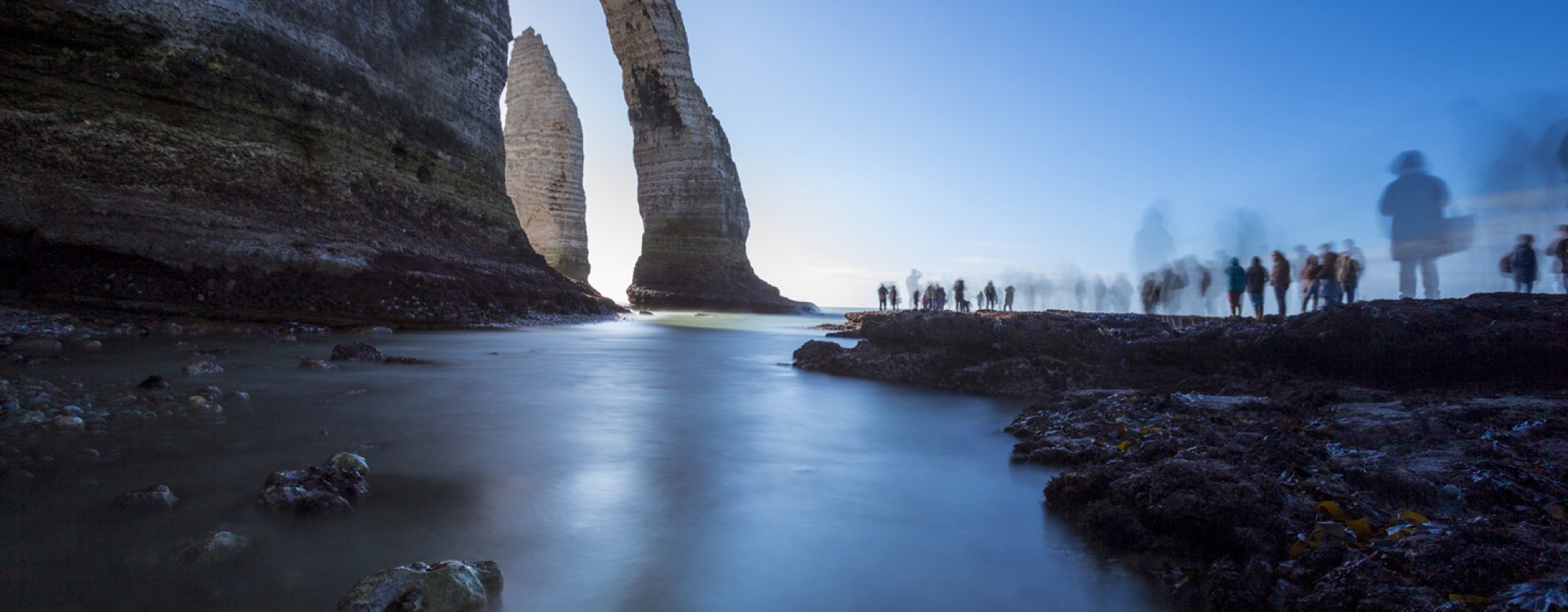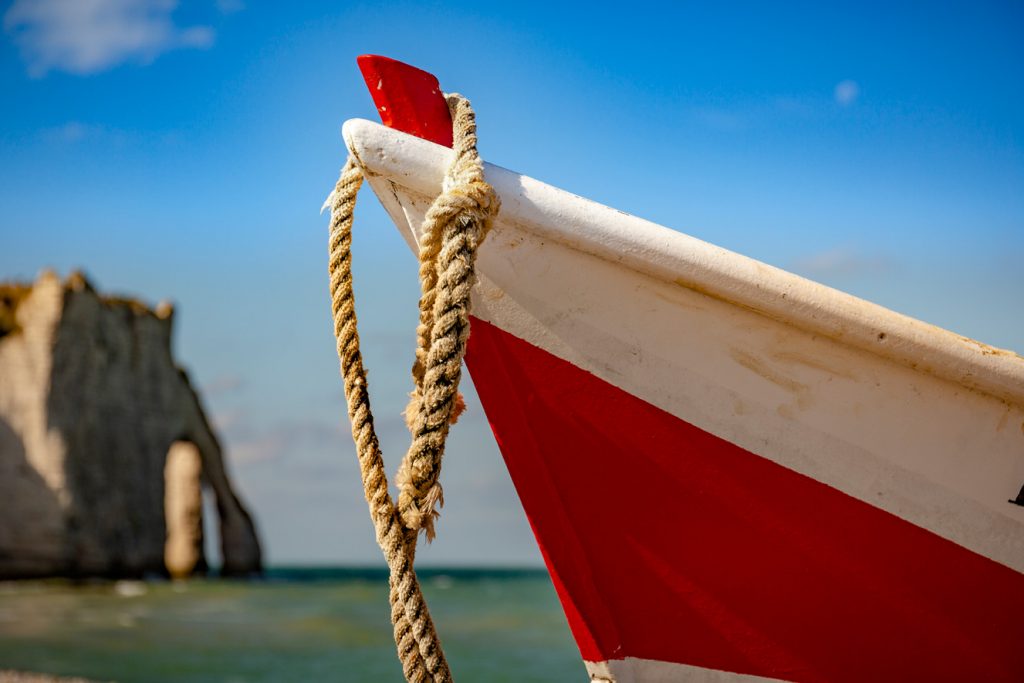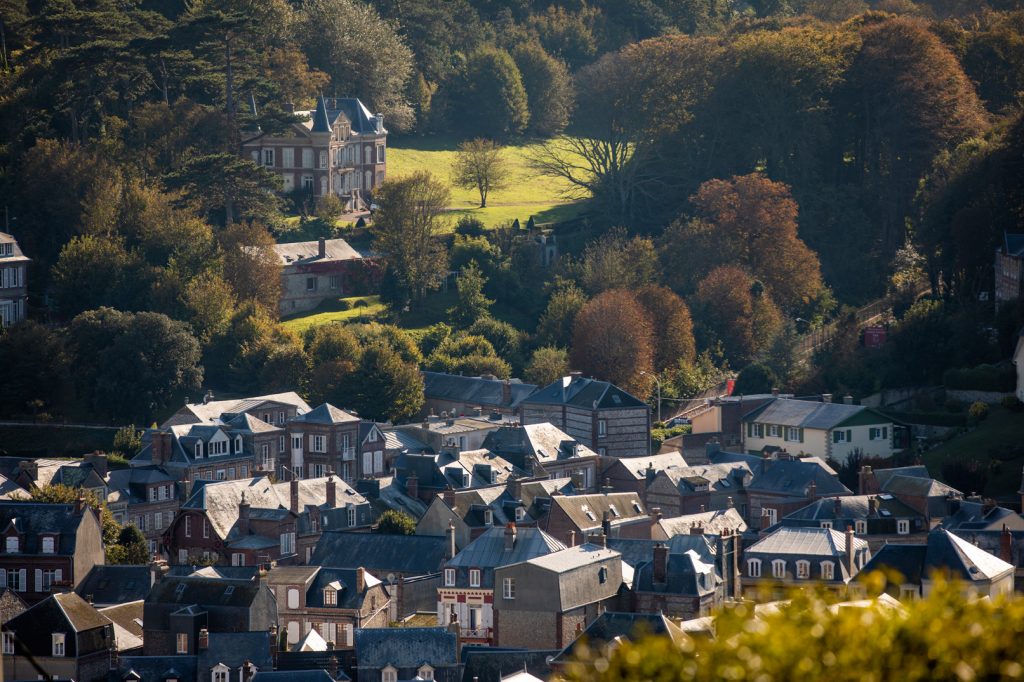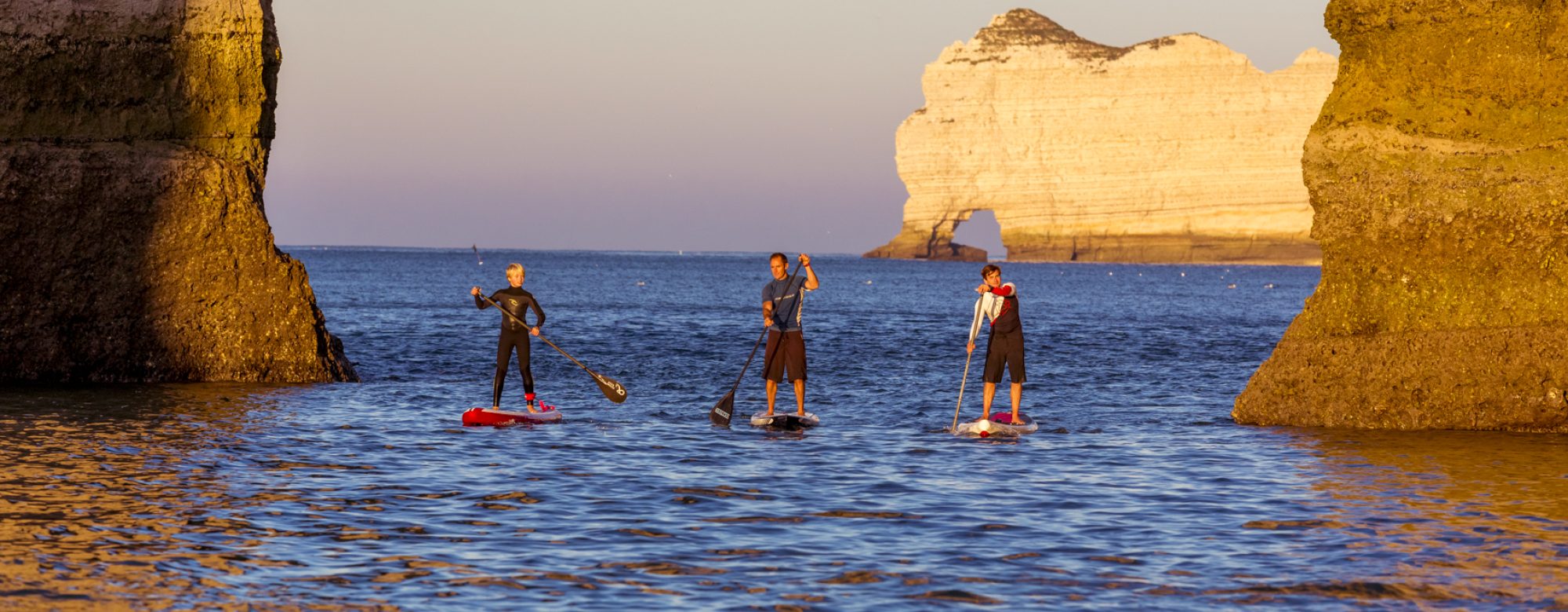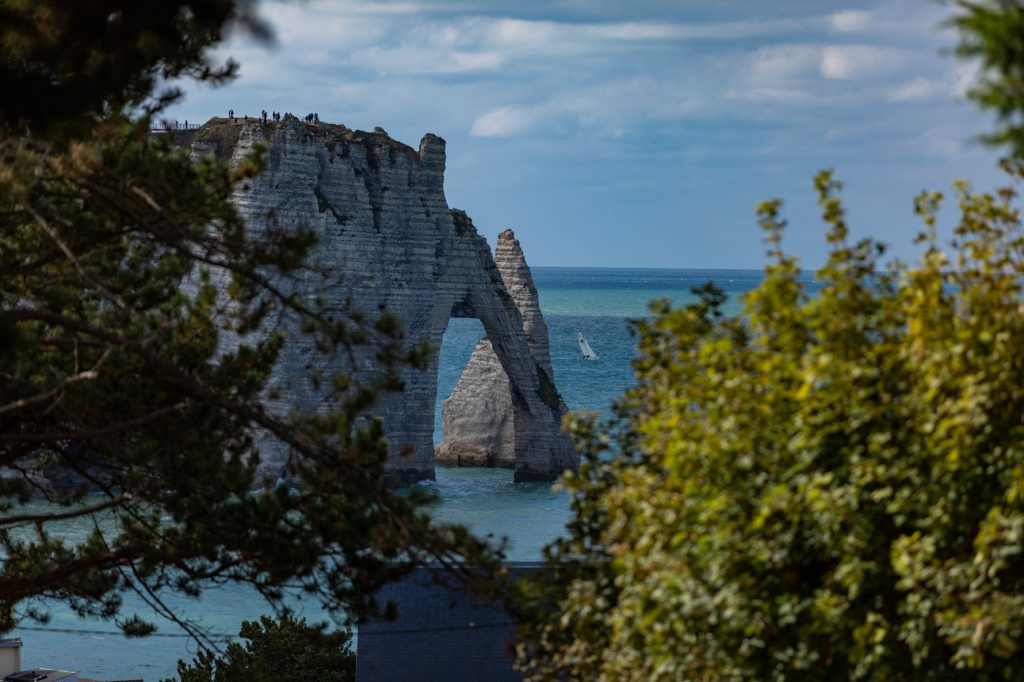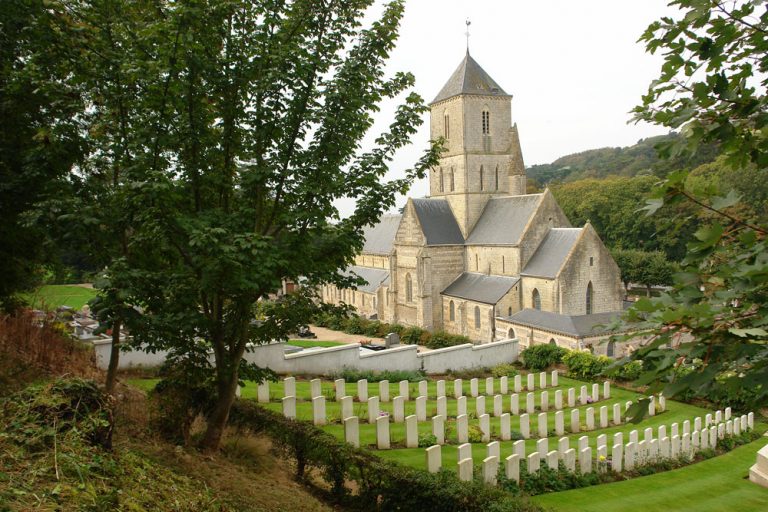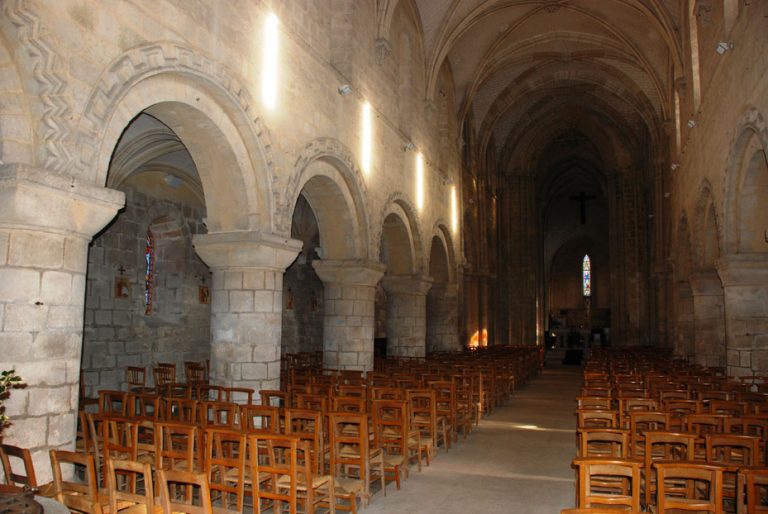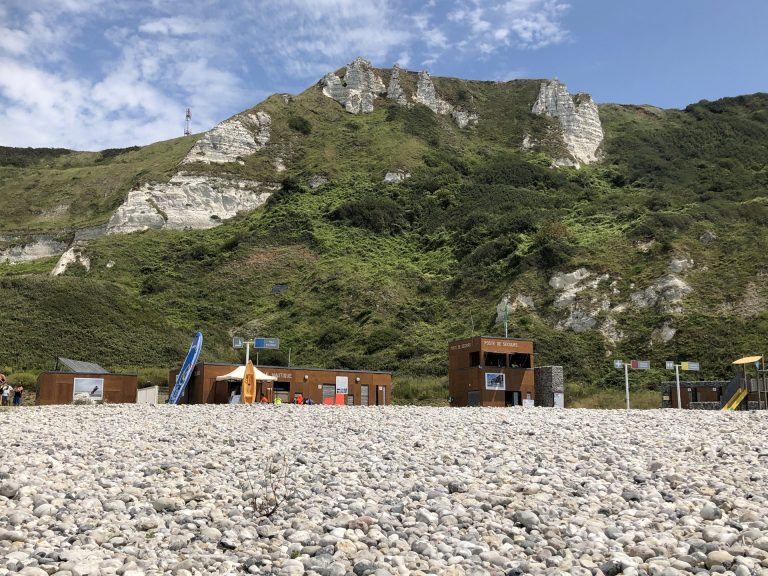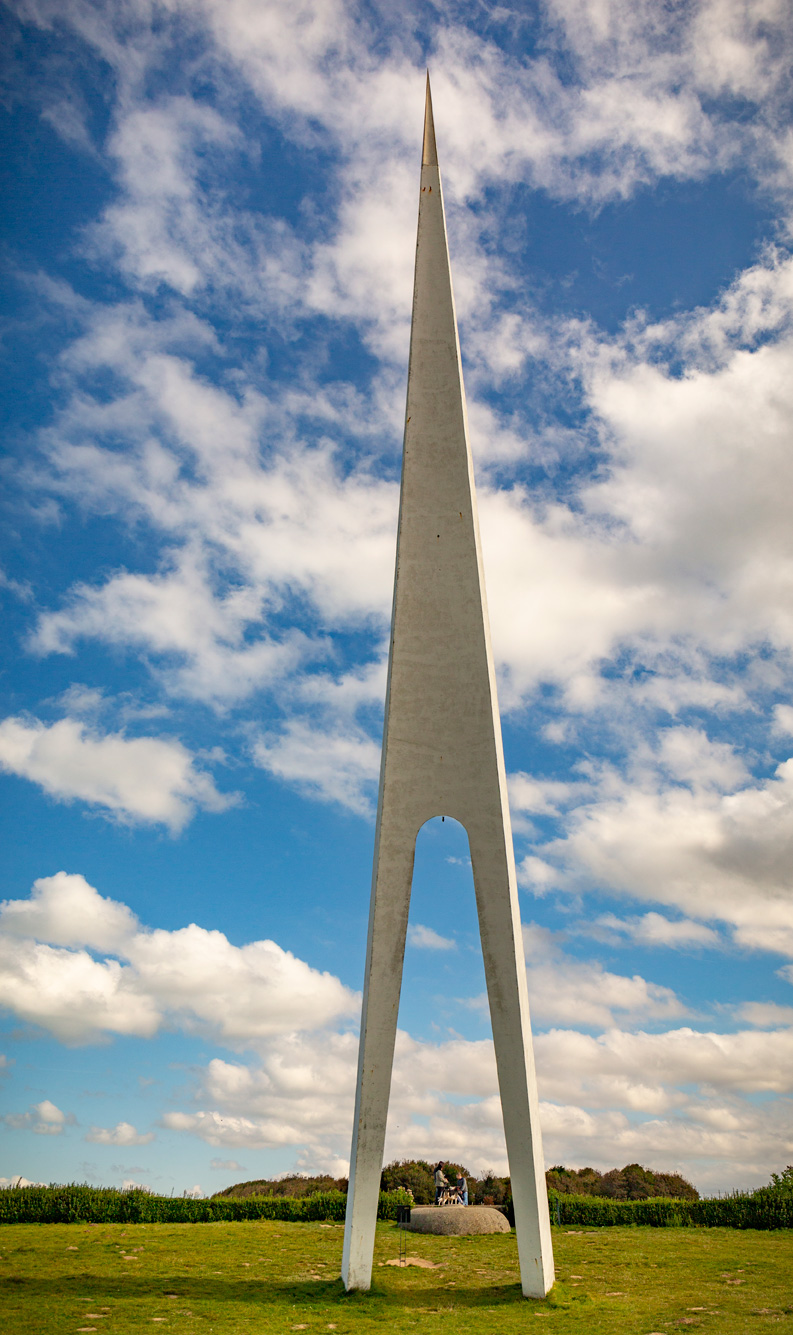
Essential Etretat
The essential destination: the beach of course! But don’t miss Le Clos Lupin, the Chapel of Notre-Dame de la Garde, the Nungesser et Coli Monument, the House of Maurice Leblanc which offers an original route to discover all about the gentleman burglar, the Heritage Museum of Etretat, Château les Aygues, the former summer residence of the queens of Spain, the covered market which has several souvenir shops or the Parc des Roches, a family leisure area in the town centre.
A few steps from the town centre, you’ll be amazed by the majesty and size of the Church of Notre Dame de l’Assomption, a Romanesque and Gothic architectural treasure built in the 12th century under the patronage of the abbots of Fécamp. British soldiers from the First World War are buried in its surrounding cemetery.
